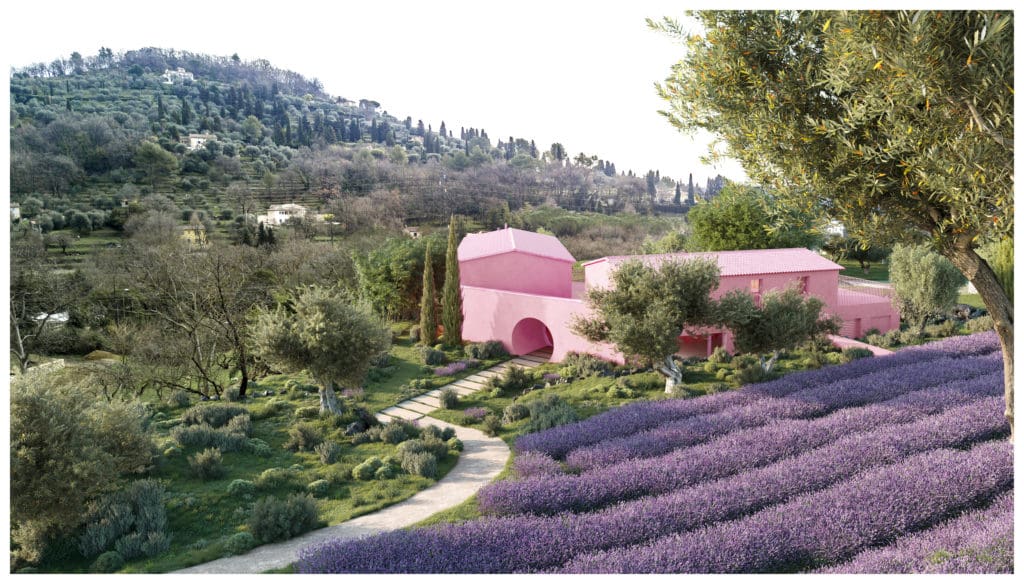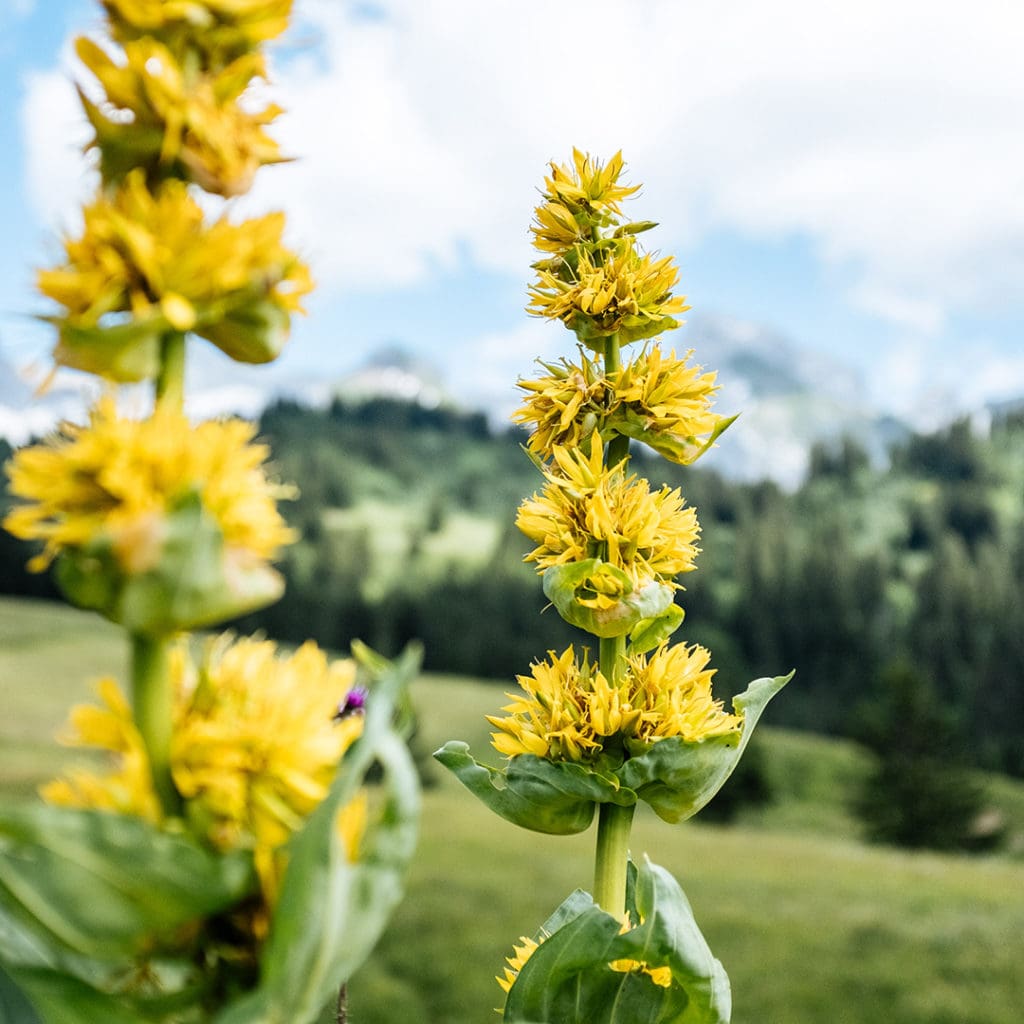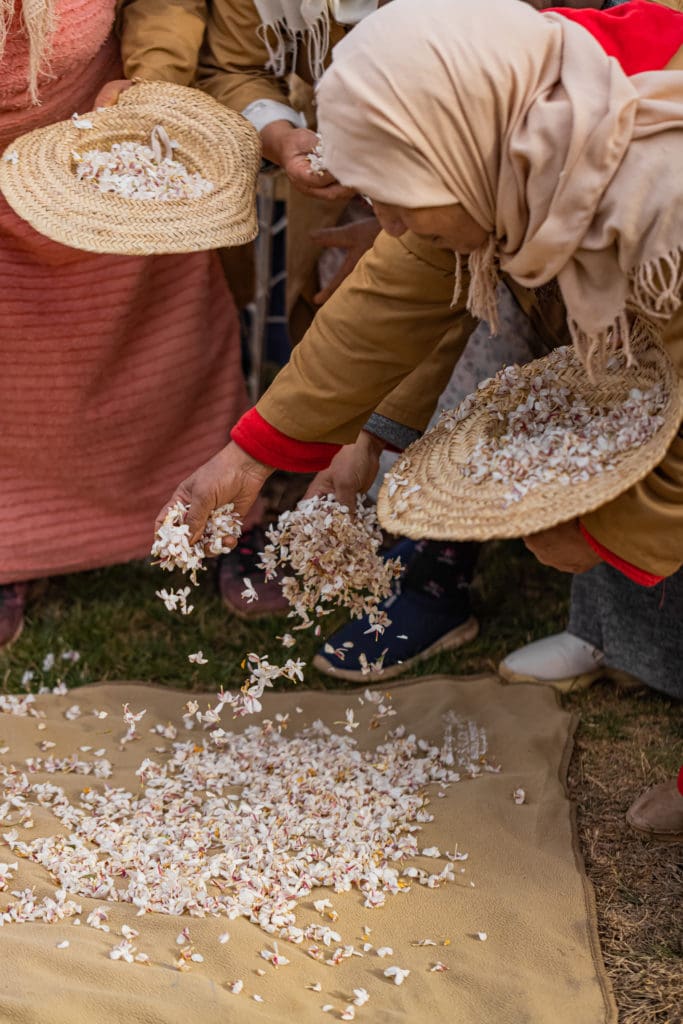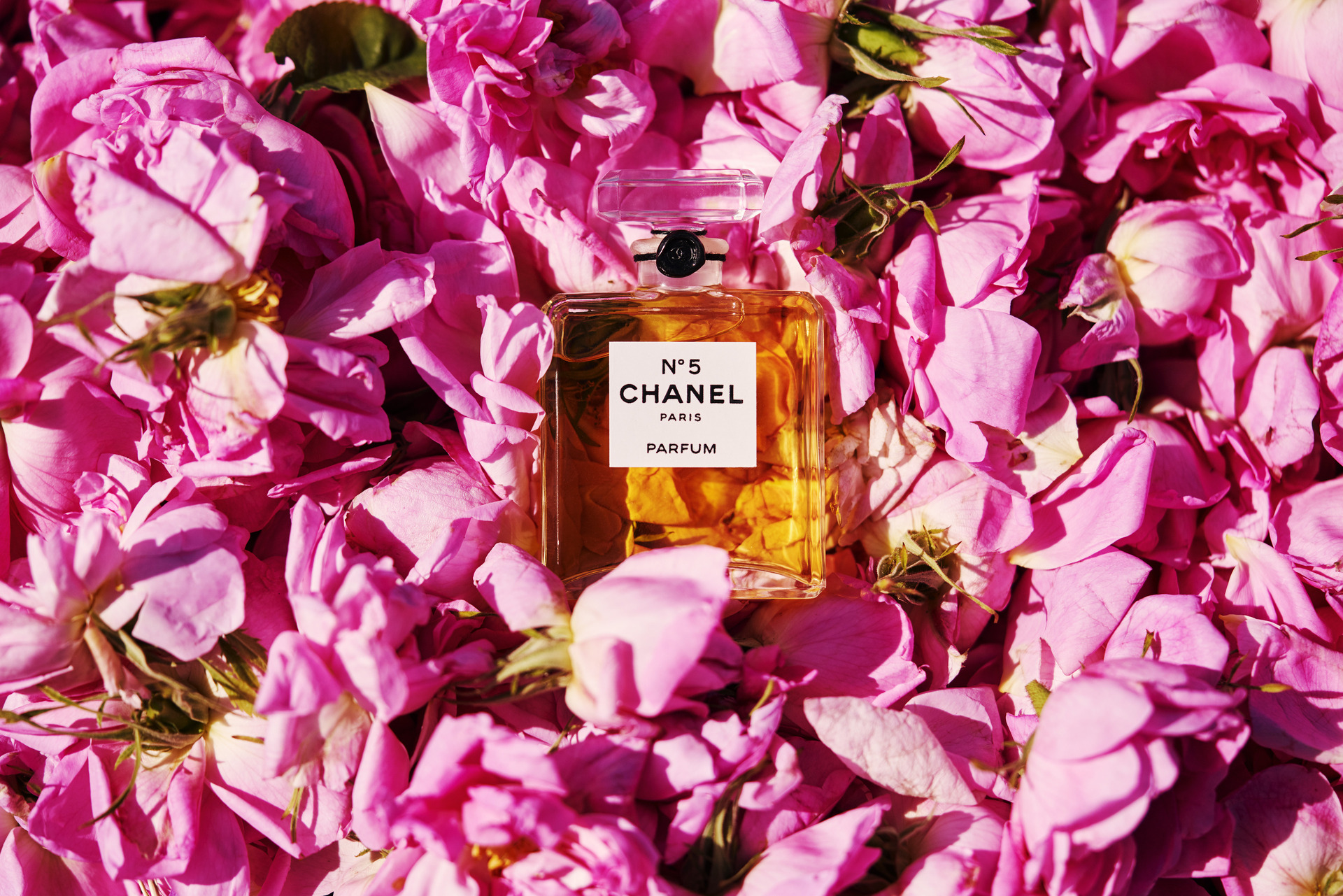People who are into wine get super nerdy about the grapes and the land where they’re grown—the concept of terroir, a.k.a. the taste of the place. Historically it wasn’t something we thought of as much with beauty products, where ingredient buffs tend to focus on how much acid they can put on their face without it falling off. That’s changing as some brands become more open about what’s in their products, and we begin to be more conscious of how the things we buy affects people and planet.

One brand that knows all about terroir for both wine and beauty is Caudalie. Founder Mathilde Thomas’ parents bought the Smith Haut Lafitte vineyards in 1990. The gravelly land there is famously fertile, strewn with pebbles that reflect the sun’s rays back to the wines for better ripening. Thomas says that the Smith Haut Lafitte vineyards produce ingredients that are particularly rich in antioxidants, not just because of the land but because of the weather. “The more the vine suffers, the more ingredients it will create to protect itself. We like when the wine suffers!”
Yves Saint Laurent Beauty also knows the connection between harsh conditions and quality. It founded Ourika Community Gardens in Morocco in 2013. “The abundant and demanding nature of the Ourika region is the main source of inspiration of YSL Science,” explains Caroline Nègre, the brand’s international sustainability and scientific director. “Throughout the year, day and night, the plants are exposed to a rigorous climate that has a significant impact on their growth. Extreme temperatures, going from very warm to cold, are environmental growth factors. They trigger the plant’s cells to accelerate their photosynthesis and stimulate their metabolic development.”
Growing your own ingredients can also make you more efficient and less wasteful, says Thomas; in fact, her brand was born as an offshoot of her family wine business. “One day a pharmacist came to the vineyard for a wine tour. He told us that there were ingredients in the grape seed that were good for skin, and my husband and I had an idea to integrate this into skincare,” she explains. “This was the first time we ‘upcycled’ the byproducts of our wine production.” Caudalie was born in 1995, and progressively began to use more vine-derived ingredients: resveratrol from the stalks; grape water that moisturizes; oils from the seeds. As well as being a more efficient way to use every scrap of what the vineyard produces, it ensures greater transparency and ethics. “A brand should know every single ingredient, by heart: where it comes from, the composition and what it does for skin, because what’s most important is to be an effective brand, a problem solver.”

Caudalie and YSL produce a proportion of their ingredients and source the rest from known and trusted suppliers. Lush Cosmetics goes even deeper. “We want to use materials and ingredients that we are directly planting ourselves, or that we are supporting farmers to plant,” explains Gavin Hollett, manager of supply chain investment. “We want to ensure that when we make a purchase, we are driving conservation and fair pricing.” Hollett believes that when Lush produces ingredients itself or has direct engagement and long-lasting relationships with producers, everyone does better. “A lot of times, ethical producers are small grassroots business and they might not have the capital to invest in certain equipment and storage. We get involved and help remove barriers for smaller producers to get access to higher-value markets. We end up with ingredients that meet not only our ethical standards, but also our quality ones. That justifies the investment of time and resources.”
Earth-friendly farming techniques do tend to be more time consuming and expensive than conventional ones. Clarins uses only horses to work the land at its Domaine Clarins site in the French Alps. Grasse, in the south of France, is known as the perfume capital of the world; it’s been classified as a UNESCO World Heritage Site for that reason. The Mul family has farmed there for five generations and now grows jasmine and tuberose exclusively for Chanel fragrances in 20 hectares of fields. Everything is grown sustainably and gently hand harvested. This year, Lancôme established Domaine de la Rose, also in Grasse. It comprises four hectares of organically farmed fields, plus centuries-old terraces and a distillery, and is designed to cultivate plants in a way that protects the climate, conserves the soil and respects natural cycles.
That’s a common theme for beauty brands “At the chateau they respect nature and take the best from nature,” says Caudalie’s Thomas. “I have seen firsthand how important it is to respect nature and its rhythms, and to be protective and caring. This was a big source of inspiration to me.”

When brands think about the overall impact of what they’re growing, rather than being hellbent on maximizing productivity, they invariably begin to consider biodiversity: having a large variety of plants and animals in a habitat. That’s a big focus for Lush, which considers it for all its growing projects. That might include using traditional or indigenous methods in different environments, and sourcing ingredients like nuts and resins from intact forests rather than creating new agricultural systems.
YSL Beauty is now partnering with an NGO called Re:wild that works in 89 countries to protect and restore biodiversity through rewilding. “Rewilding is an innovative approach to conservation based on a progressive effort to enable natural processes, repair damaged ecosystems and restore degraded landscapes; in other words, to better let nature take care of itself,” explains Nègre. The brand is also working on its own project to restore the natural environment of the Ourika Valley, where it has so far planted more than 125,000 trees.
Individual brands making their own efforts to grow and understand their ingredients and improve the environments is all very well, but changing the industry as a whole is the real goal. Since Lush has been engaged with this type of work for decades, it’s well placed to advise others. “We’ve had our journey and learned a lot, and there are other brands out there that may be doing similar. So our next stage is aligning with likeminded brands, collaborating, aggregating and developing more scale to make everything more robust,” Hollett says. “For the future of the world, we want to leave the world lusher than we found it. We say that externally and we believe it internally.” —Aileen Lalor

Be the first to comment